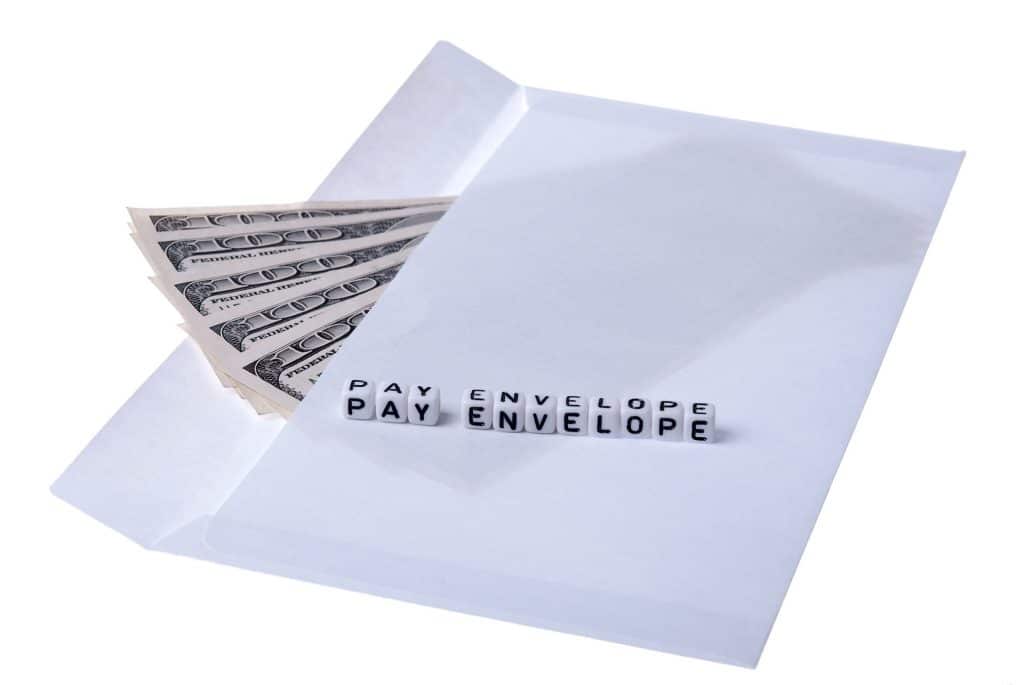
The Department of Education recently reported that an increasing number of student loan borrowers are failing to make payments. According to the Education Department, 580,671 borrowers who entered repayment by October 1, 2013 defaulted by September 30, 2016.
What is interesting is that almost half of defaulted student loans are from the Federal Family Education Loans program (also called FFEL Loans). FFEL Loans were discontinued in July 2010 by President Barack Obama. However, many Americans with federal education debt still carry this type of loan. After July 2010, federal loans were moved under the Direct Loan program.
FFEL Loans do not have as many repayment options as Direct Loans. Furthermore, loan servicers are bad at informing student loan borrowers of their repayment options. If you are struggling to pay back FFEL Loans due to fees or high interest rates, we have good news. You may have access to income-driven repayment options that can lower your monthly payments.
- Income-based repayment program (IBR): If you have eligible FFEL loans, then you may take advantage of the IBR program. You will have to pay 15 percent of your discretionary income each month under this plan. After 25 years of consecutive payments, the remaining balance is forgiven.
- Direct Consolidation Loan: You may be able to receive a Direct Consolidation Loan if you do not want to enroll in the IBR program. This will combine your eligible federal loans into the Direct Loan program. Eligibility for this program and whether it is a good choice depend on the circumstances. If you are eligible, then you can enroll in the REPAYE program. Payments under this program are capped at 10 percent of your discretionary income. Your remaining balance could be forgiven after 20 years of consecutive payments.
What if I Defaulted on My FFEL Loans?
If you have defaulted on your FFEL Loans, then you may be able to use the Department of Education’s Loan Rehabilitation Program. Your loans will be brought back into good standing if you complete this program. Another option is to use the Direct Consolidation Loan, which also brings your loans out of default.
Student loan servicers have been accused of withholding the information mentioned in this blog from borrowers. Even when borrowers enroll in these helpful programs, they are often not told that they must recertify their income each year. If they miss the recertification date, their payments revert to a standard 10-year plan, often with no warning. As a result, borrowers who have already defaulted once may be at risk of defaulting a second time.
It helps to have a professional review your situation if you are struggling with student loan payments. The Kansas City student loan lawyers at The Sader Law Firm can help you develop a strategy for managing payments.
 Book an
Book an Email
Email Directions
Directions







